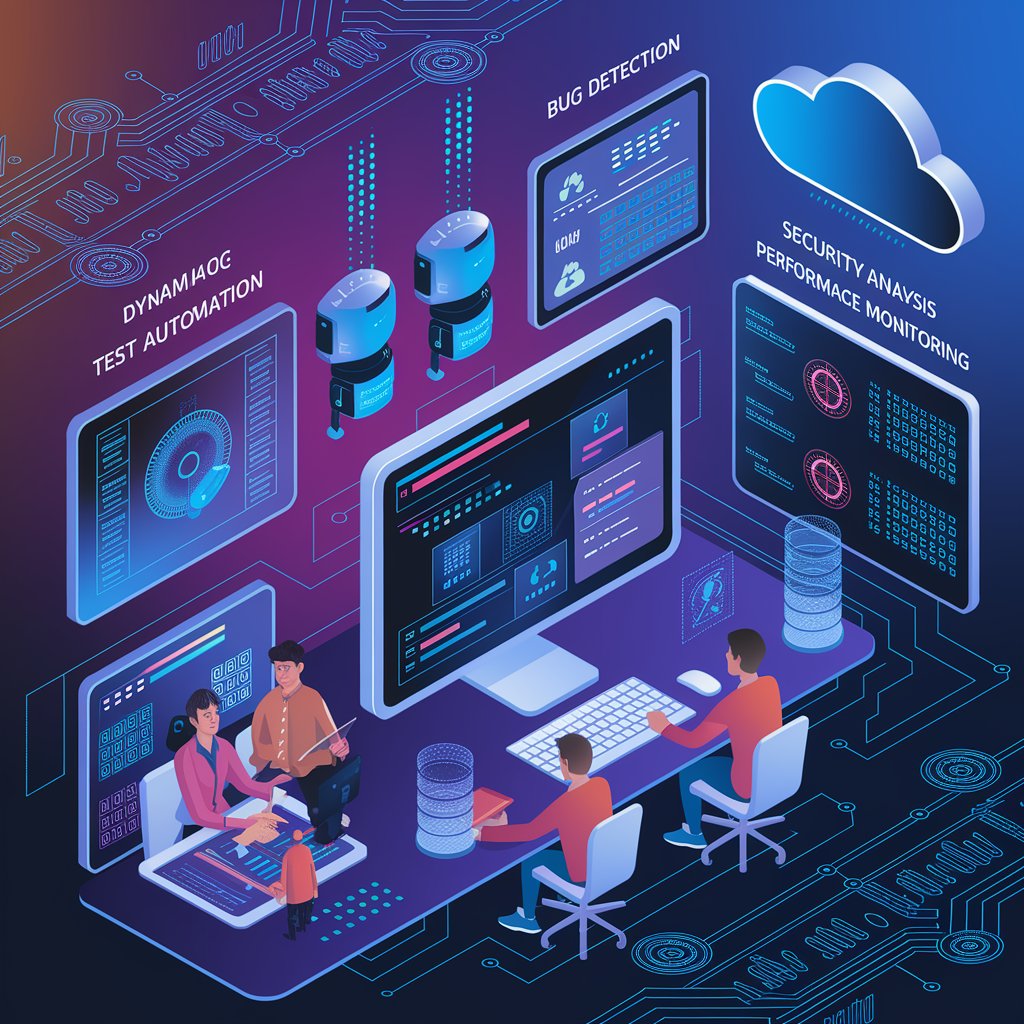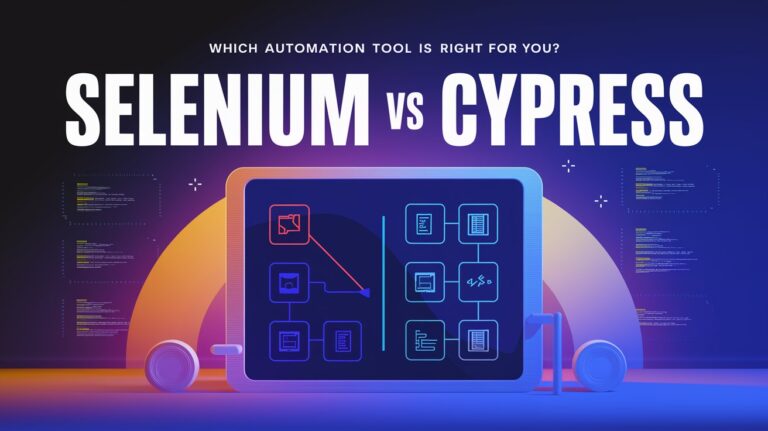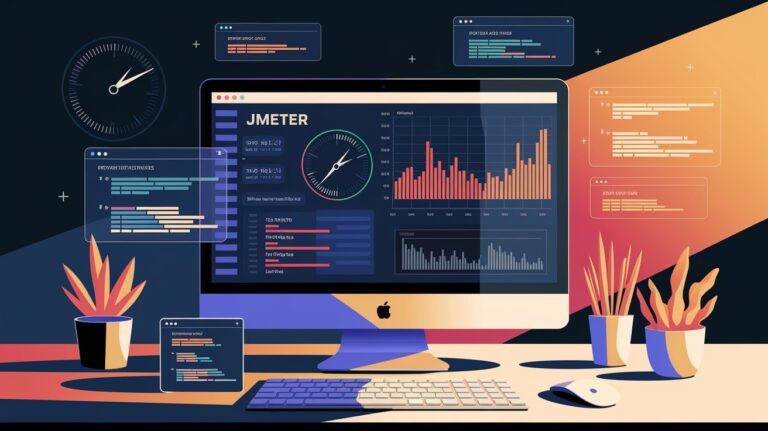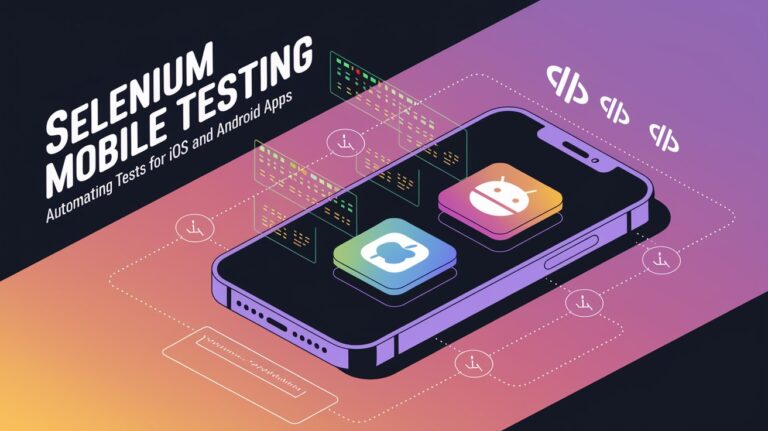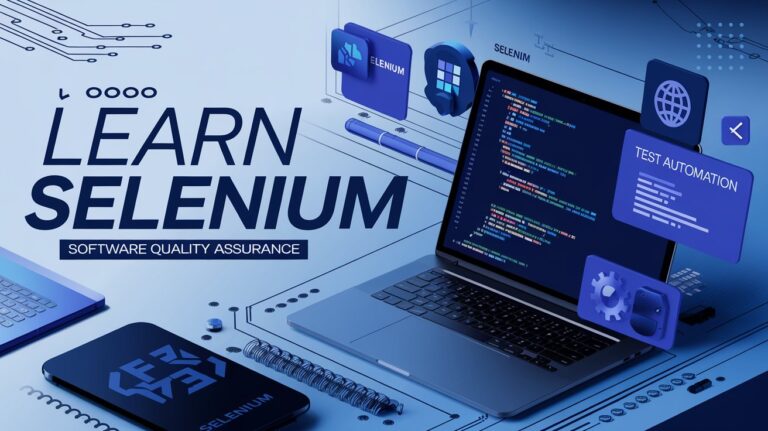In today’s fast-paced software development landscape, ensuring software quality is paramount. Software Quality Assurance (SQA) is the backbone of delivering reliable, efficient, and bug-free software. This article explores best practices, industry insights, and the latest trends in SQA to help teams enhance their testing strategies and improve product quality.
What is Software Quality Assurance?

Software Quality Assurance (SQA) is a systematic approach to ensuring that software meets defined quality standards and customer expectations. It encompasses processes, methodologies, and activities aimed at preventing defects and improving software reliability.
Key Best Practices in Software Quality Assurance

1. Implementing a Well-Defined QA Process
A structured QA process ensures consistency and reliability in testing. The key stages include:
Requirement Analysis – Understanding the project scope and defining quality goals.
Test Planning – Developing test strategies and selecting appropriate testing tools.
Test Case Development – Writing detailed test cases covering all functionalities.
Test Execution – Running test cases and recording results.
Defect Reporting and Tracking – Identifying and fixing bugs efficiently.
Test Closure and Reporting – Documenting findings and making improvements.
2. Adopting the Shift-Left Approach
Shift-Left Testing emphasizes early testing in the development lifecycle. By integrating QA activities from the initial stages, teams can detect defects sooner, reducing costs and rework.
3. Automating Testing Processes
Automation enhances efficiency and reduces human errors. Best practices for test automation include:
Choosing the right automation framework (Selenium, Cypress, TestNG, etc.).
Automating repetitive and regression tests.
Maintaining test scripts to ensure they remain relevant.
4. Continuous Testing in DevOps
Continuous testing ensures ongoing quality checks throughout the CI/CD pipeline. Implementing continuous integration and continuous deployment (CI/CD) helps in delivering reliable software with faster feedback loops.
5. Utilizing Performance and Security Testing
Performance testing ensures software can handle real-world workloads, while security testing protects against vulnerabilities. Tools like JMeter (for performance) and OWASP ZAP (for security) help in these areas.
6. Ensuring Cross-Browser and Mobile Compatibility
Testing across multiple devices, browsers, and operating systems ensures a consistent user experience. Tools like BrowserStack and Sauce Labs facilitate efficient cross-platform testing.
7. Implementing Risk-Based Testing
Risk-based testing prioritizes test cases based on potential business impact. By focusing on high-risk areas, teams can optimize testing efforts for maximum efficiency.
Industry Insights and Emerging Trends in QA
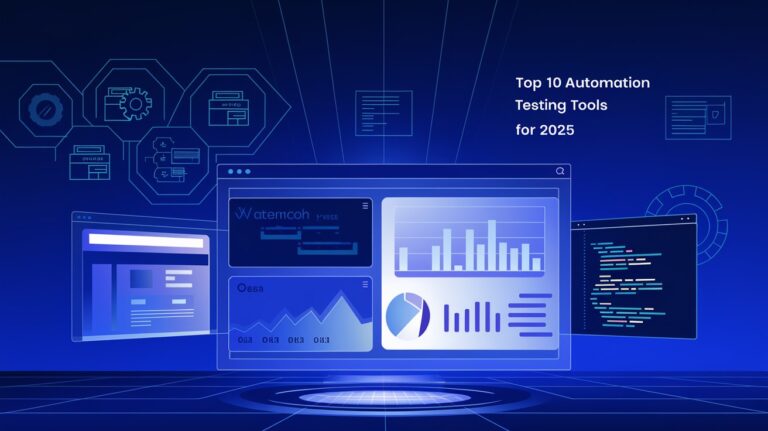
AI and Machine Learning in Software Testing
Artificial Intelligence (AI) is transforming QA by enabling self-healing test scripts, predictive analytics, and intelligent test case generation.
Agile and Shift-Right Testing
Shift-Right Testing focuses on user experience and real-world feedback. Combining this with Agile methodologies improves adaptability and continuous improvement.
Cloud-Based Testing Solutions
Cloud-based testing platforms provide scalable and cost-effective solutions for teams working on distributed software projects.
The Role of QA in DevOps Culture
QA is no longer a separate function but an integral part of DevOps, ensuring faster and quality-driven software releases.
Conclusion
Mastering Software Quality Assurance requires a combination of best practices, modern tools, and industry trends. By implementing structured QA processes, leveraging automation, adopting DevOps practices, and staying updated with emerging trends, teams can enhance software quality and deliver exceptional user experiences.



